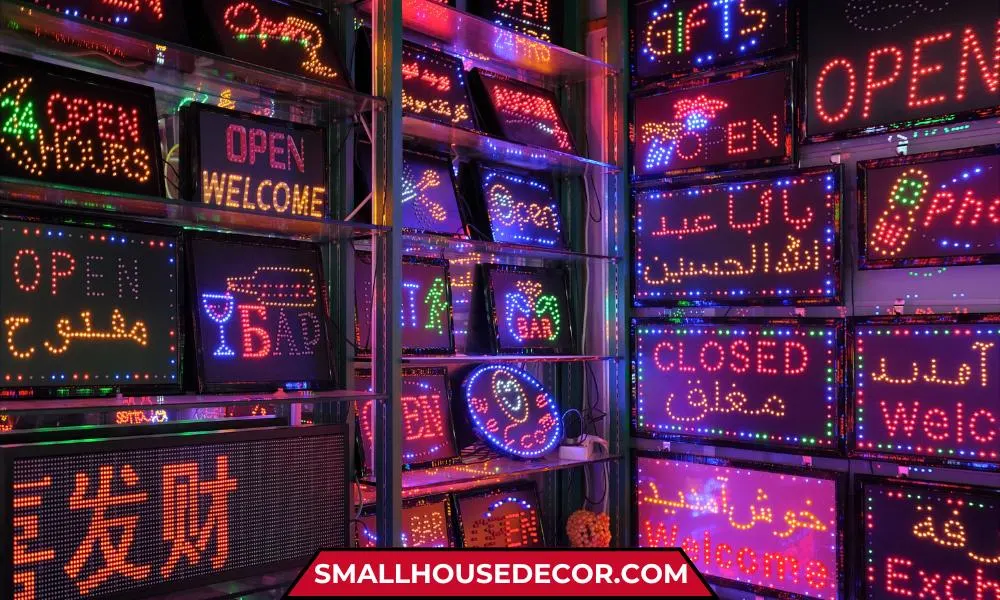I’m excited to break down the fascinating world of LED signs and explain exactly how these incredible displays come to life.

The Science Behind the Glow: Understanding LED Technology
Let me take you through the incredible journey of how LED signs transform electrical signals into vibrant, eye-catching displays. At the heart of this technology is a remarkable process called electroluminescence1 Where electricity literally creates light through semiconductor materials.
The Fundamental Components
Imagine a massive grid of tiny light-emitting diodes (LEDs), each acting like a microscopic light bulb that can be individually controlled. These LEDs are the building blocks of every LED sign, working together to create stunning visual displays.
How the Magic Happens?
A Step-by-Step Breakdown:
Also Read: See LEDs in action this holiday season! Learn How to Put Christmas Lights on Your Car or Truck for a creative way to showcase LED technology on the move.
The Color Science Behind LED Signs
What makes LED signs truly remarkable is their ability to produce a stunning array of colors. By using different semiconductor materials, we can create LEDs that emit specific colors:
- Red LEDs
- Green LEDs
- Blue LEDs
- White LEDs
By combining these colors in various intensities, LED signs can produce millions of color variations, creating incredibly dynamic and vibrant displays.
Also Read: Curious about the energy consumption of LED technology? Discover How Much Do Christmas Lights Cost to Run? for insights into LED efficiency and operating costs.
Key Technical Advantages
As someone who’s worked extensively with display technologies, I can confidently highlight several benefits of LED signs:
Practical Applications
LED signs are used in various settings, including:
- Outdoor advertising (billboards and storefronts)
- Traffic control (digital road signs)
- Event displays (concerts, sports arenas)
- Indoor signage (conference rooms, malls, airports)
Pro Tip: When selecting an LED sign, pay close attention to pixel pitch. Smaller pitches (like 1-2mm) are ideal for close-viewing environments, while larger pitches (4-10mm) work well for distant viewing.
Conclusion
With their brightness, energy efficiency, and versatility, LED signs are a cornerstone of modern visual communication. Whether used for advertising or decoration, they combine advanced technology with stunning visual appeal to capture attention and deliver impactful messages.
Also Read: Planning to decorate a wreath? Learn How to Put Lights on a Wreath for a dazzling and energy-efficient holiday centerpiece.
Footnote:
- Electroluminescence | SinceDirect.com ↩︎